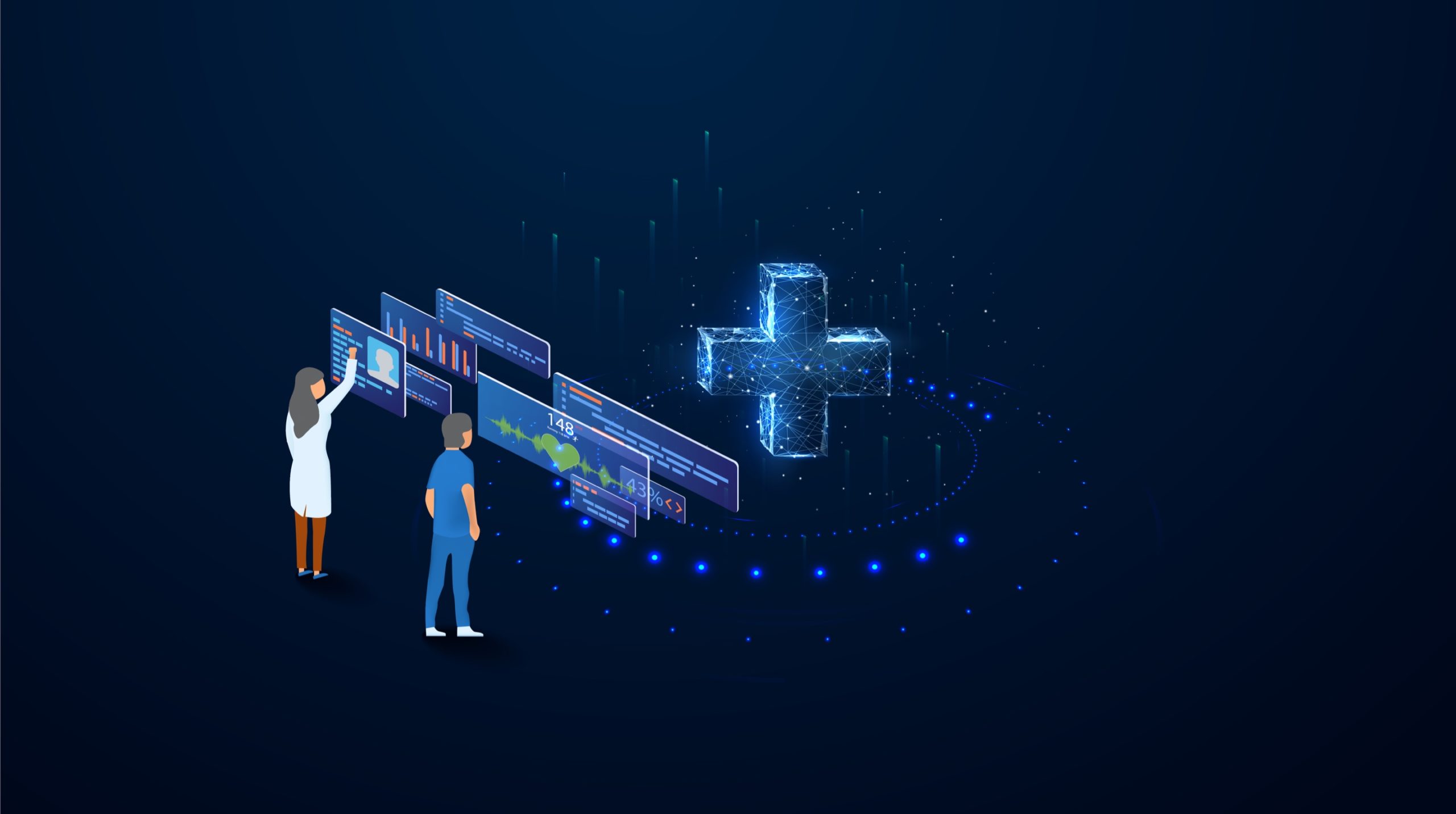Over the past few years, customer experience in healthcare has changed from nonexistent to one of the priorities in the industry. Up until now, healthcare institutions had been mostly focused on people services, ignoring the patient experience. But the focus on value-based care has been boosting the industry to treat patients as consumers and deliver what I like to call the “Starbucks experience”: consistent, pleasant, and streamlined experiences, like the ones delivered by Starbucks, Netflix, Uber, or any other popular service provider.
What this means is, just like in other industries, healthcare providers who are not able to improve their patient experiences begin to lag behind others. That’s because customer experience determines and supports three major results:
- Patient acquisition
- Patient retention and engagement
- New payment plans
In fact, the growth in popularity of value-based-care payment models that offer financial incentives to healthcare providers for meeting certain performance measures requires a closer patient-provider relationship to match consumer expectations.
To learn how to accelerate delivery of value-based care check out OutSystems for Healthcare page
So, the inevitable question arises: what are consumers expecting?
Top Customer Experience Trends in Healthcare
No matter how dynamic customer expectations in healthcare are, they tend to point in one direction: a higher degree of service, quality, and value. Now, how can healthcare providers meet their customers’ wishes and ensure their loyalty?
At Persistent Systems, we’ve worked with several leading healthcare and life science institutions, including Seattle Children Hospital, Virginia Tech, and John Hopkins, to improve efficiency in operations, and engage with patients through data and knowledge-driven solutions.
Based on our experience, here are the top four trends that healthcare consumers are looking for:
- Personalized experiences: As patient-centric service becomes the new norm, healthcare providers can use the data available about each patient to deliver unique and personalized experiences. Patient-facing apps that allow them to research their prescribed drugs, evaluate their treatment options, access and control their medical information, are an excellent way to start.
- Simple processes: We all know how frustrating it is to schedule a doctor’s appointment and wait long periods of time until we finally succeed. And let’s not mention all the bureaucracy needed to share medical information between different doctors, departments, and institutions. Patients don’t have time for that. Healthcare providers should take advantage of new technology, such as mobile and wearables, to simplify patients’ lives and streamline processes between different clinical, operational, and administrative systems and departments.
- Data transparency: Siloed information is one of the biggest internal challenges that ultimately affect the quality of the service provided. To improve their productivity, healthcare providers need to be able to consolidate multiple disparate data sources and systems into a single source of truth about the patient.
- Security and confidence: If a consumer takes a medical exam or has a blood analysis, that consumer expects personal information to remain secure and the results to be accurate. Once again, healthcare providers can take advantage of software to control who accesses the patient’s personal data and ensure they deliver error-free results.
Like it or not, the healthcare industry is a competitive landscape where every organization is battling for the same set of patients. Those that are able to deliver superior customer experiences will increase their acquisition and retention rates and, finally, recoup their investment.
Improving Customer Experience in Healthcare: A Real-Life Story
Imagine a close relative that has been diagnosed with breast cancer. Or the son of a close friend has been accused of a crime, and there’s DNA at the scene that appears to match his, but no one is sure yet. These are incredibly stressful situations that can completely change the lives of those involved. And it gets even more frustrating when you know that, currently, 55 percent of all life science laboratory test results are not repeatable and therefore of questionable validity.
That’s where Artel comes in.
Based in Portland, Maine, Artel‘s mission is to provide life science laboratories with instrument-based systems and expertise that enables them to achieve the most accurate test results possible. Given the life-changing impact lab results can have on a patient, Artel knew that this was more than a case of improving the patient experience and meeting expectations whenever they take a medical test; it was a case of mitigating the impact it could have on their lives. Stakes were high.
The challenge was that different laboratories and pharmaceutical companies use Artel’s equipment, and each instrument has its own software. So, Artel reached out to Persistent to build a software portfolio for its instrument systems business. Given the wide range of laboratory processes, Artel’s solution demanded software with robust architecture, flexibility, and intuitive ease of use.
Developing a custom application would take too long, so we decided to use the OutSystems low-code platform to accelerate the time-to-market. With OutSystems, we could build a scalable solution that made adding a new feature simple, increasing agility. Plus, by deploying it to the cloud, Artel could replicate the solution to multiple customers.
Since the launch of the portfolio, Artel has improved ROI by 30 percent, while developing technology to ensure reliable lab results and enhance the quality of patients’ lives.
Find more content about
healthcare (9) Healthcare and Life Science (1) Patient retention and engagement (2)






